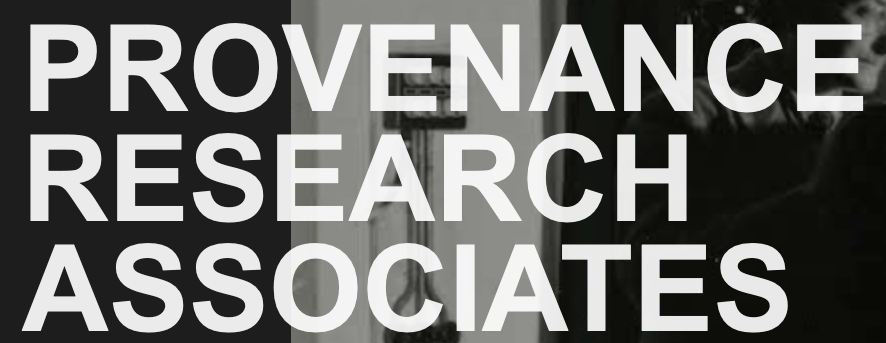The Berlin Masterpieces in America: Paintings, Politics, and the Monuments Men
Peter Jonathan Bell and Kristi A. NelsonWith contributions by Tanja Bernsau, Kathryn Griffith, Neville Rowley, and Nancy Yeide As the Allies advanced into Germany in April 1945, General Patton’s Third Army discovered the collections of the Berlin State Museums hidden in a salt mine 2,100 feet underground. Placed in the care of the “Monuments Men,”
Continue reading ...